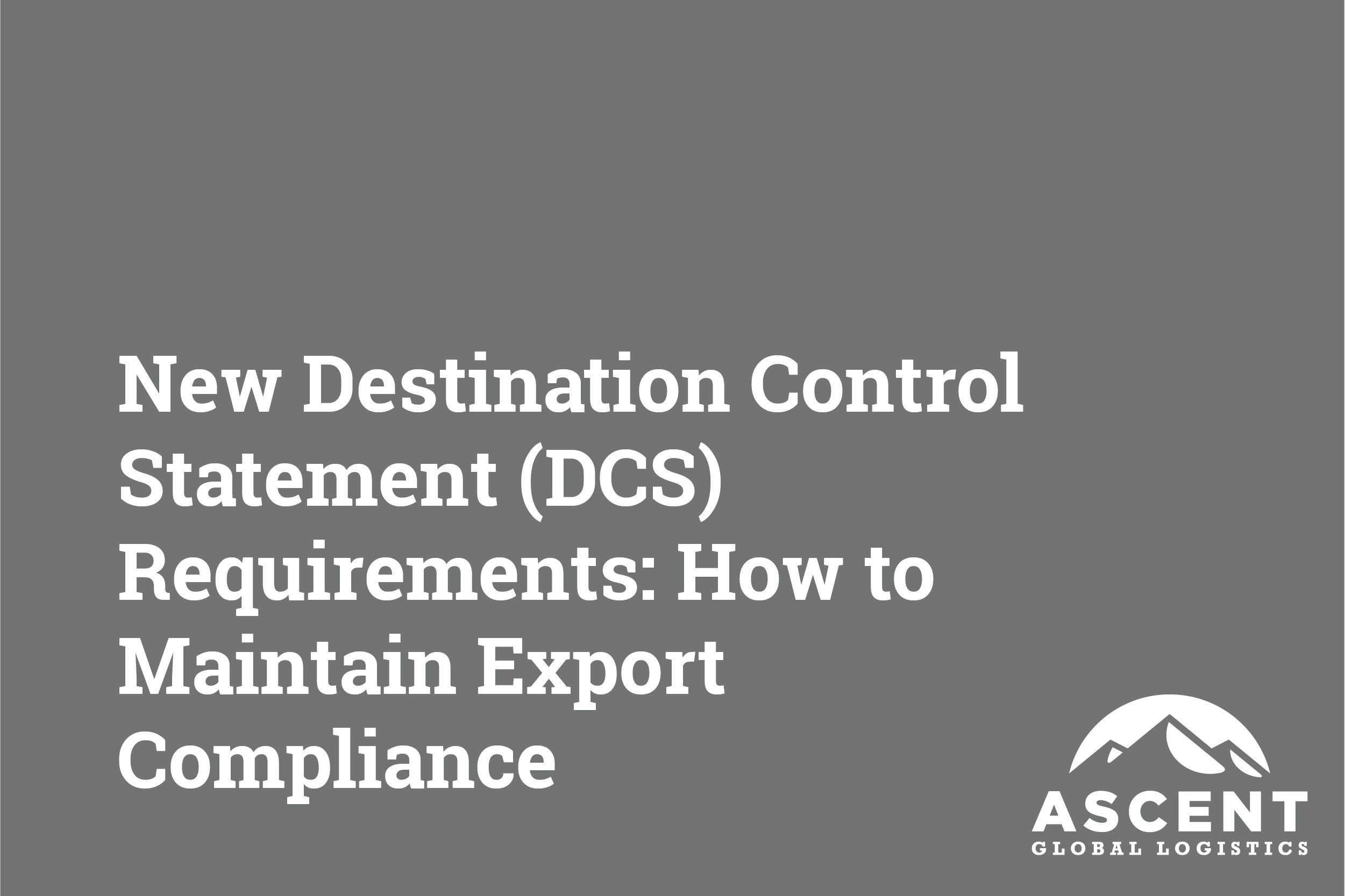Do you have a firm control over inbound shipping costs? A thorough inbound shipping program can help you improve your supply chain visibility to ensure cost-effective shipping decisions are made.
Ascent Global Logistics
Recent Posts
Topics: Domestic, Logistics Best Practices, Vendor Inbound Management
3 Benefits of Freight Audit & Payment Programs
Freight audit and payment programs can help companies of all sizes improve accuracy when reviewing and paying carrier invoices. With a team devoted to carefully analyzing all charges prior to payment, freight audit and payment providers can save shippers considerable time and money.
Weather Advisory: Winter Storm Niko to Cause Shipping Delays
Logistical activities could be impacted this week and next as Winter Storm Niko drops heavy snowfall on the northeastern portion of the United States.
Topics: Weather
Regardless of how much industry experience you have, determining freight classification and staying in line with the National Motor Freight Traffic Association’s (NMFTA) rules, can be frustrating, especially if you get it wrong. However, determining your shipment’s freight class is a critical step to effectively managing your supply chain. Not only does class determine your hard cost, but it’s also a vital factor when it comes to dealing with possible claims or disputes.
Topics: Freight, NMFC, Domestic, Less-Than-Truckload, 3pl
New Destination Control Statement (DCS) Requirements: How to Maintain Export Compliance
A final rule was recently published in the Federal Register, impacting all ITAR (International Traffic in Arms Regulations) and all BIS (Bureau of Industry and Security) controlled exports. Effective November 15, 2016, all ITAR or BIS controlled exports will be required to list a revised Destination Control Statement (DCS) on the commercial invoice.
Topics: Export, International
Incoterms Explained: Free Carrier (FCA)
Incoterms are standardized terms used within international trade to outline the exact delivery terms between a buyer and seller. Incoterms summarize who is responsible for loading and unloading, delivery, payment and insurance. So, who is responsible for these activities when the Free Carrier (FCA) term is selected?
Topics: INCOterms
Whether you’re new to the transportation industry or brushing up on your terminology, it can be challenging to understand freight related terms. Without insight into what the terms mean and how to apply them to your shipments, logistics can become frustrating – especially when the terms are related to charges. To better help you, the experts at Ascent came together to define shipping terms that we frequently receive questions about and expand on how these terms apply to you.
Supplying to Walmart 101: What is an Order Write?
One of the most important pieces to understand when supplying product to Walmart is the order write. Below our team has outlined exactly what an order write is and why it is important to understand.
Topics: Distribution
Avoiding Costly Shipping Mistakes: Linear Foot Rule
In a recent shipment, an Ascent client ran into a costly shipping mistake that we often see. In this situation, the shipper faced additional carrier charges due to miscommunication. The freight was called into the carrier and reported on the BOL with the dimensions of 40”x48” (13.3’); however, they loaded their freight on the truck as 48”x40” (16’). Since the shipper loaded their freight in the truck differently than they originally noted on their shipping paperwork, they exceeded the designated linear foot rule, resulting in additional charges. How does this happen?
Topics: Domestic









